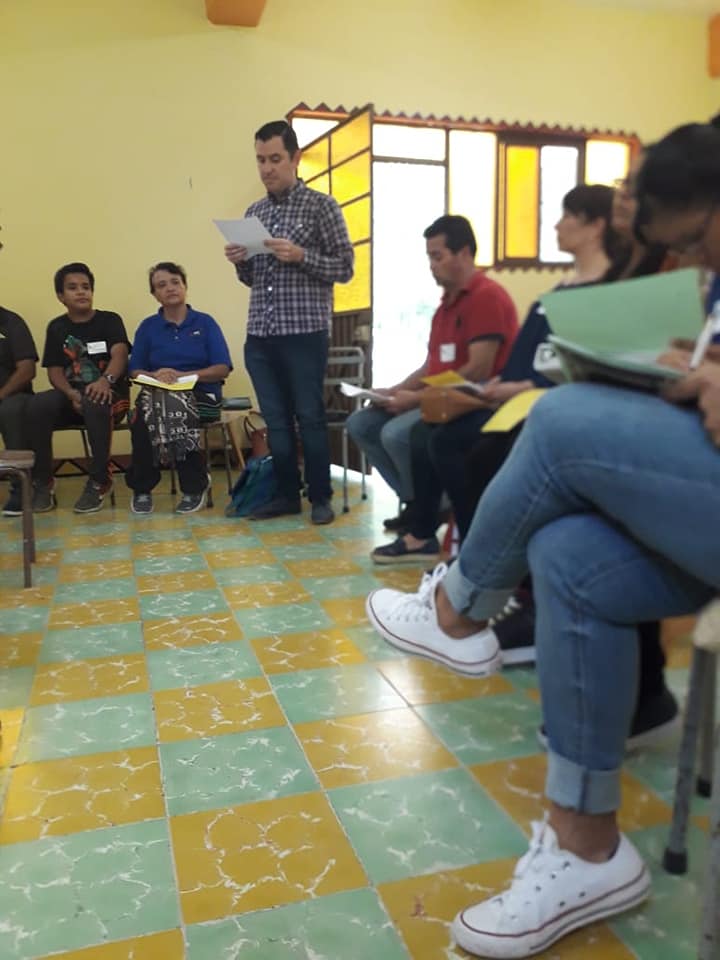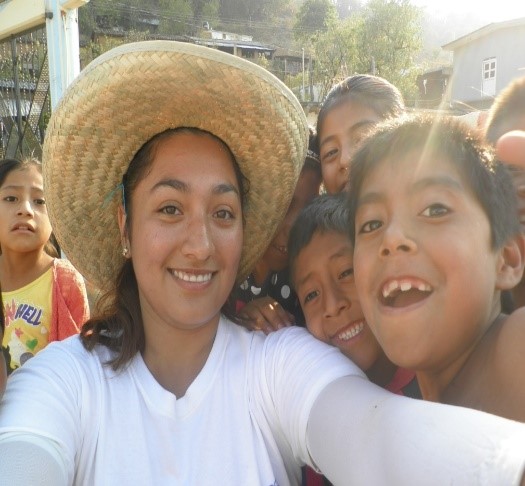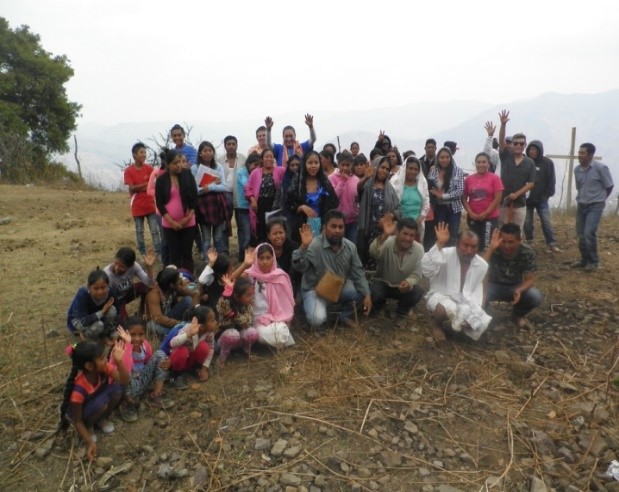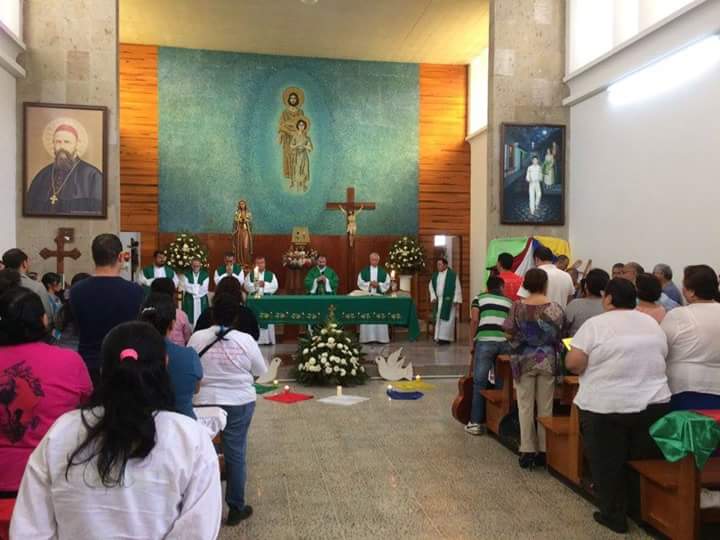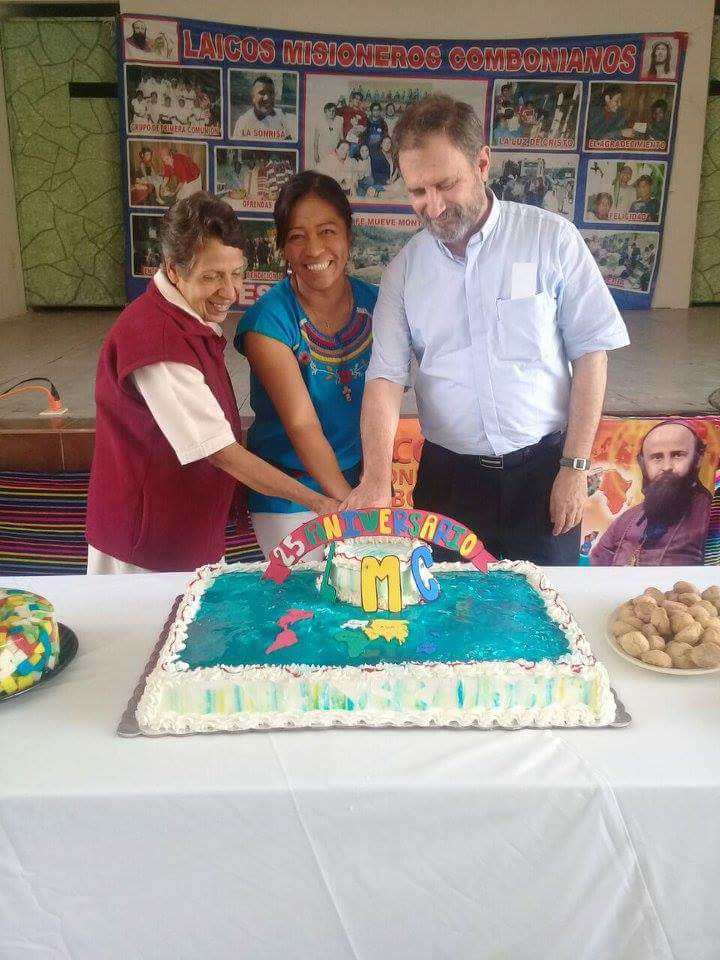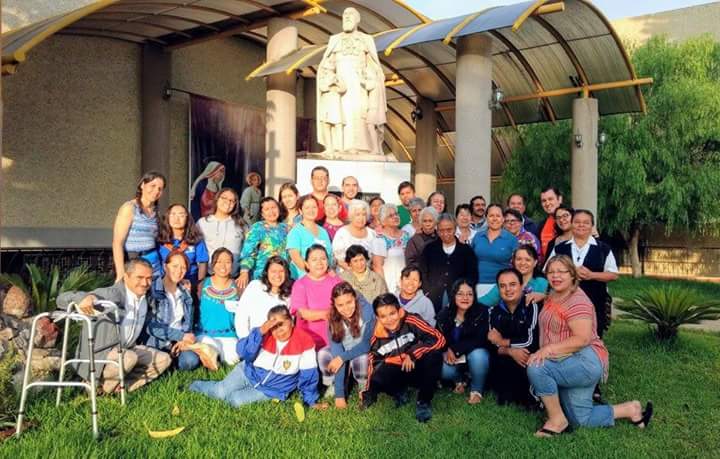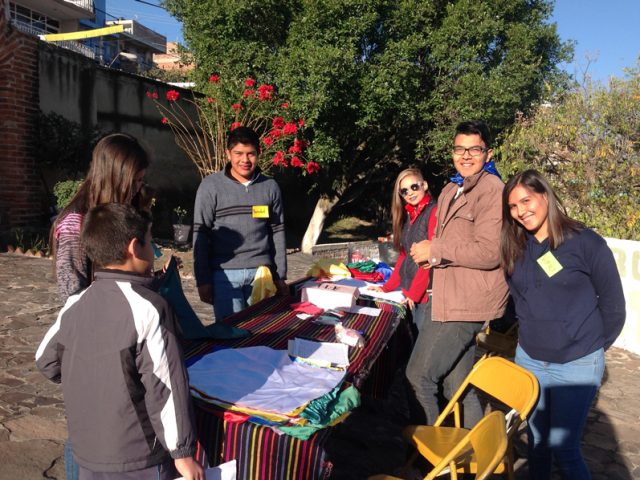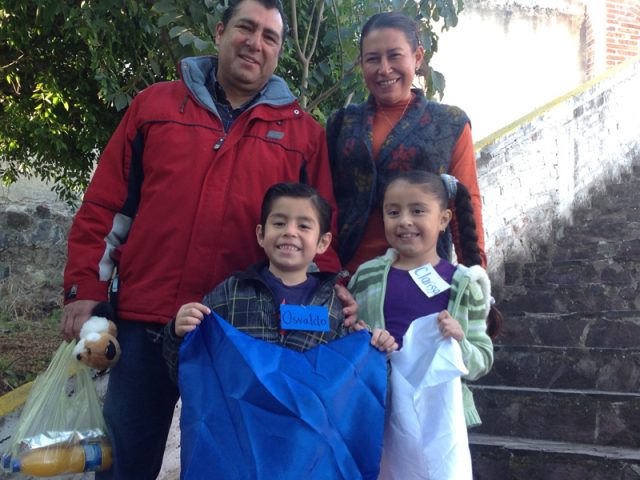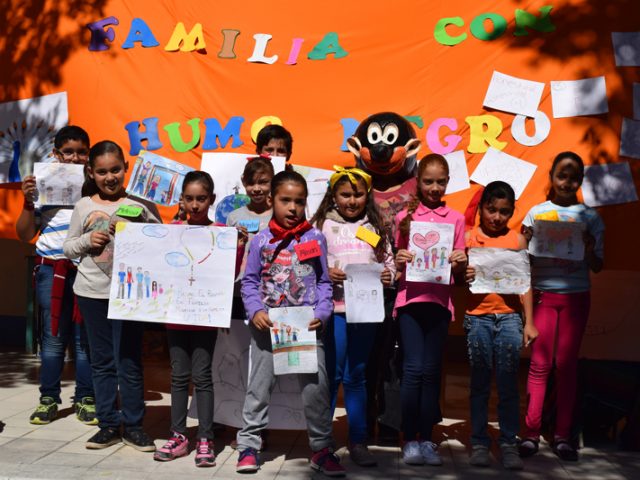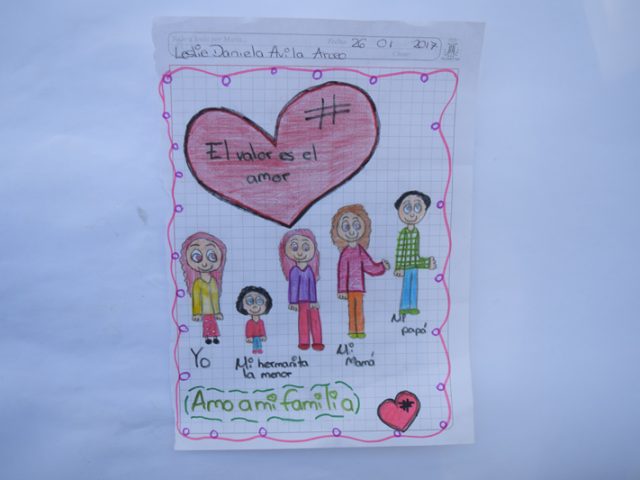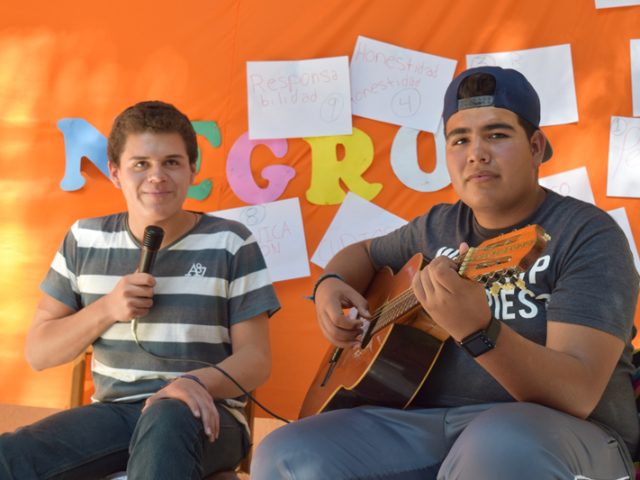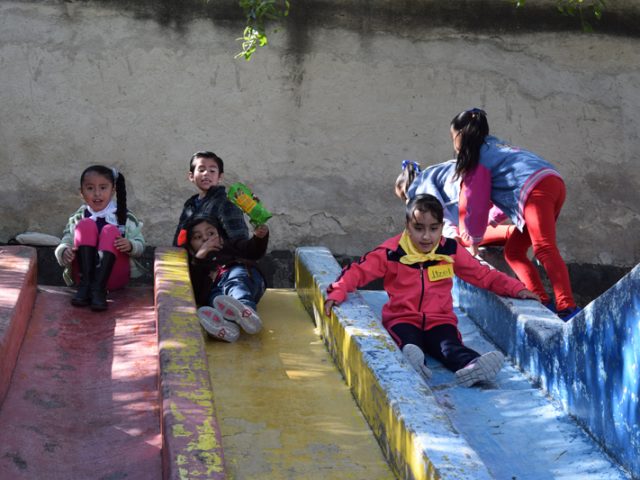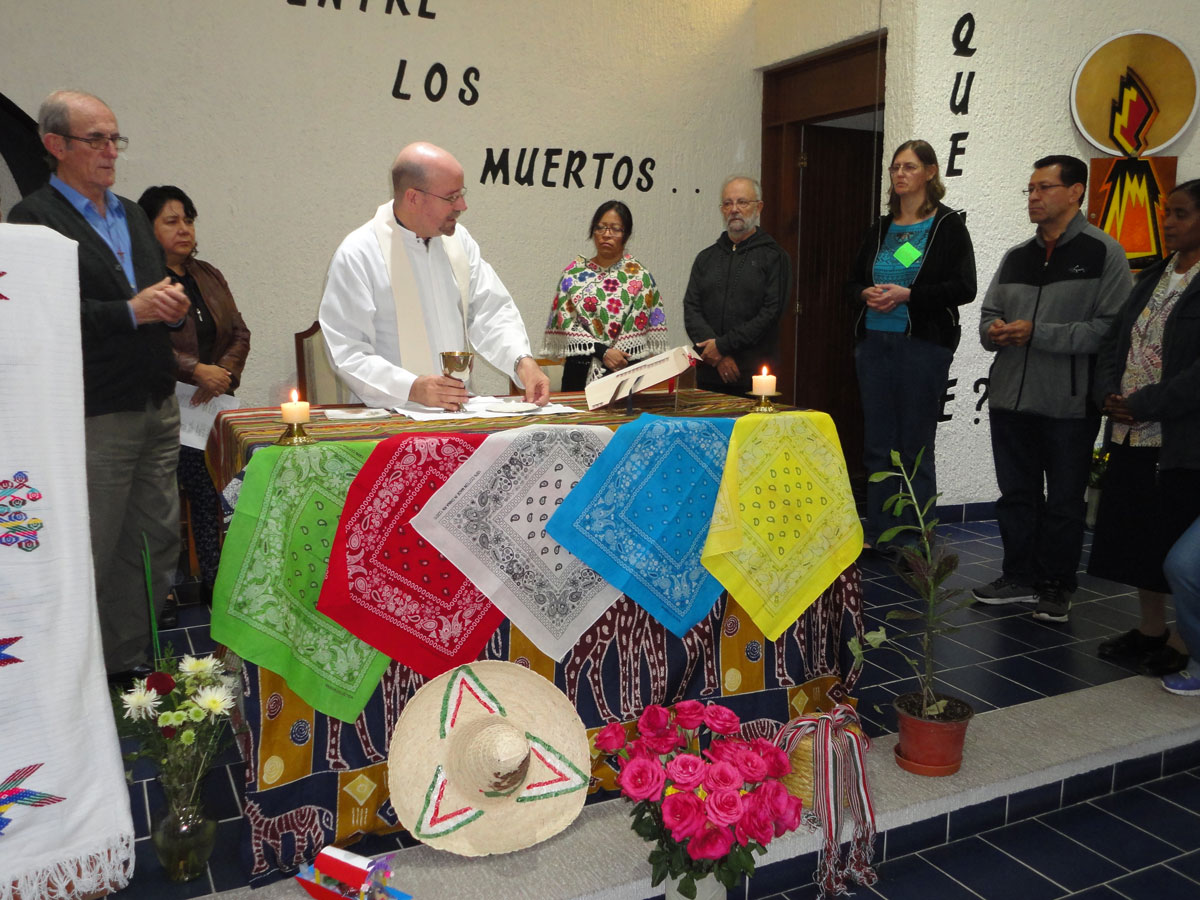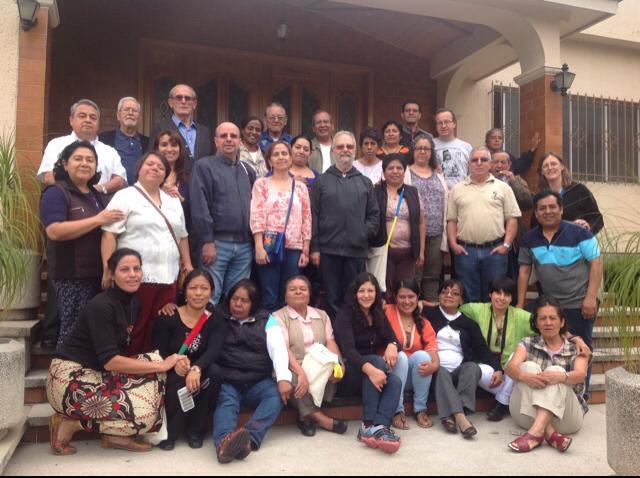On last August 17 and 18 a retreat of information was held to help new people get to know the Comboni charism as Lay Missionaries. About 30 people attended coming from Tabasco, Michoacán, Jalisco and Guanajuato. We started with some integration activities and animation, then we moved to our first workshop given by the CLM José Dolores (Lolo), who gave us seven tips to reach interior peace. After that we greatly enjoyed a holy hour where we strongly experienced the presence of God. To end the first phase, we moved on to supper and a camp fire, to spend some time together and tell some of the stories that have left a sign in our lives and hearts as missionaries.
The next days, we started with a community prayer to offer to God our family and our mission. It was followed by a workshop given by the CLM Juan José, who spoke on Comboni spirituality.
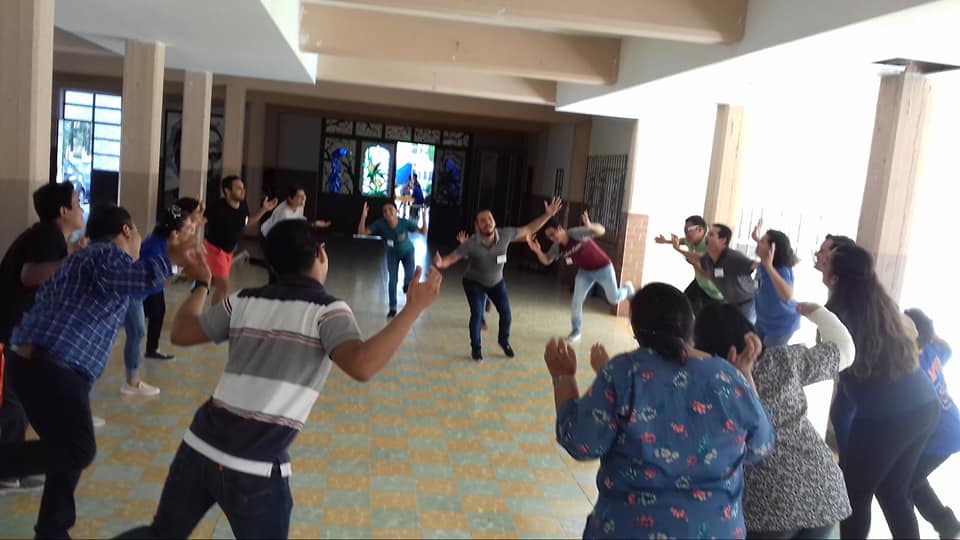
The Eucharist followed, celebrated by the Fr. Lalo, who currently works in the Democratic Republic of Congo, which filled us with emotions and joy. During his homily he told us something about his experience there and moved us with his message. Following that, we had a short presentation on the work, formation, promotion, mission, etc of the Comboni Lay Missionaries at the international level, given by the CLM Daniela Becerra, who also gave us a little tour of Kenya, Africa. The CLM Lolo and Maricruz spoke about this experience and taught us something about the Swahili language. Before that, however, the CLM Verito Arenas, coordinator of the CLM in San Francisco del Rincón, spoke on the work they do locally.
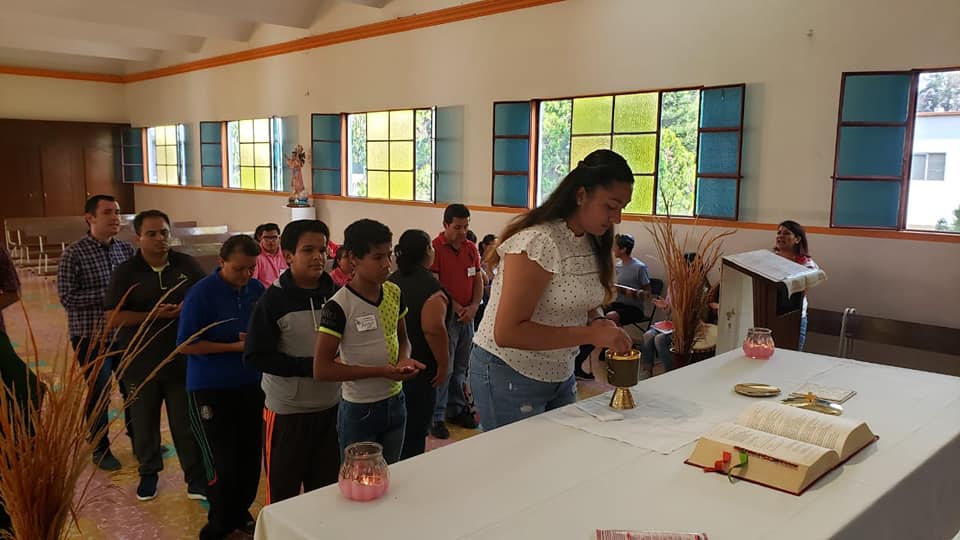
Following all that, the group was divided into two in order to write a letter of commitment. One group was guided by the CLM Beatriz, of the National Formation Team, and it was made up of CLM who have already finished two years of basic formation. They wrote their petition to the coordinating team of Mexico to be allowed to continue to work permanently one more year in the community. The other group, made up of those who had been newly invited to become CLM, listened to the witness of CLM Adriana, the National Coordinator, who spoke of her life and experience in Peru. After writing their letters, the two groups joined again so that the new ones could witness the commitment of each CLM. The joy and emotion were such that several were deeply moved by this. After hugs and congratulations to the new CLM, we closed our retreat with some time of celebration where we could share the joy we had experienced during these days. We wish to thank all the participants and are grateful for the support we received from some benefactors. We will keep praying for you, for the new Lay people and for missionary vocations…
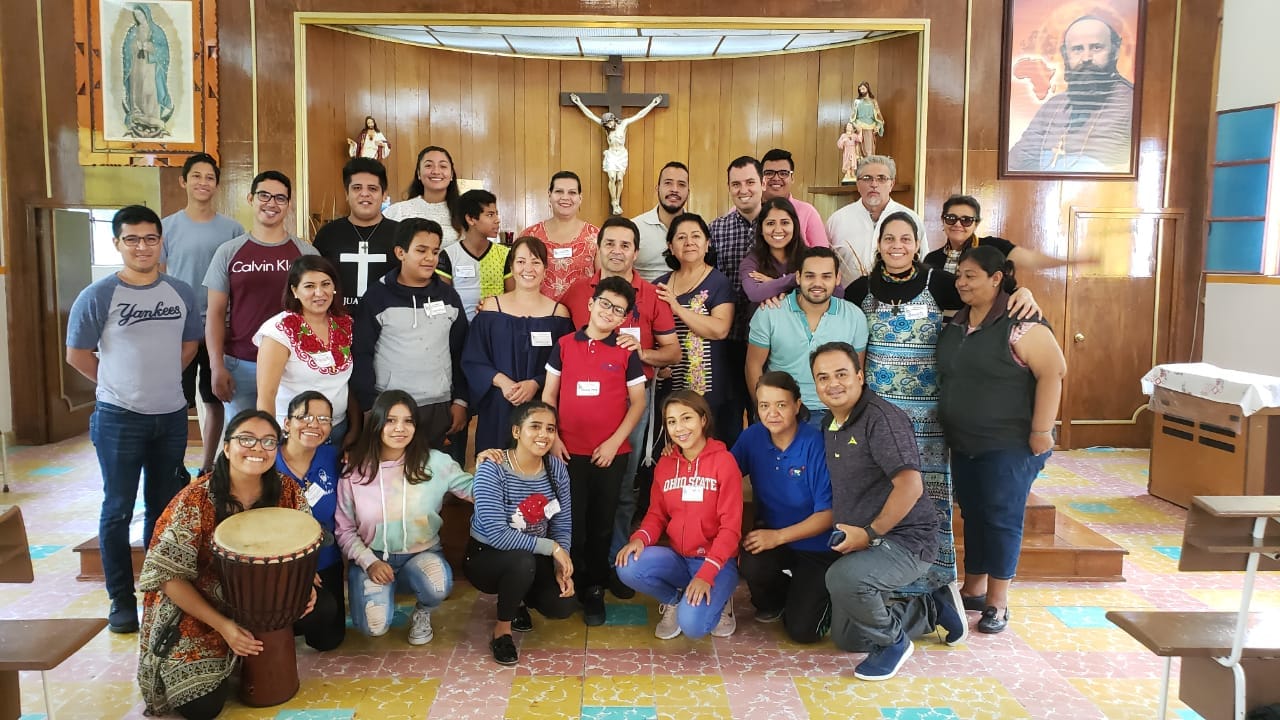
“I die, but my work will not die”
St. Daniel Comboni




